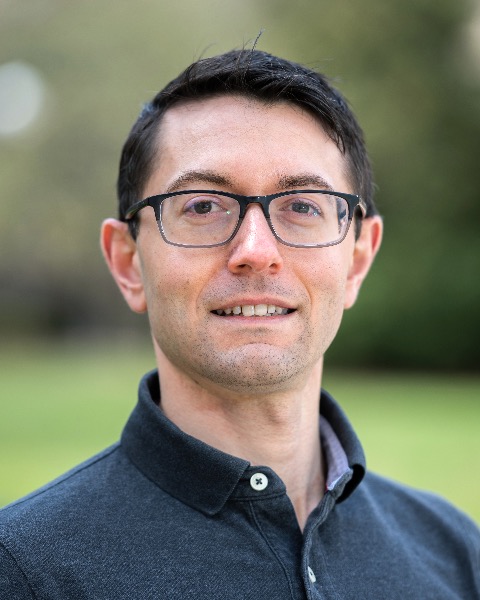Rapid Fire Abstracts
Cardiac MRF T1, T2, and M0 Mapping at 0.55T with a Low-Rank Deep Image Prior Reconstruction (RF_TH_187)
- ZL
Zhongnan Liu, MSc
PhD Student
University of Michigan - ZL
Zhongnan Liu, MSc
PhD Student
University of Michigan - IR
Imran Rashid, MD, PhD
Assistant Professor
University Hospitals Cleveland Medical Center 
Prachi Agarwal, MD
Professor
University of Michigan
Nicole Seiberlich, PhD
Professor
University of Michigan- lS
liyue Shen, PhD
Assistant Professor
University of Michigan 
Jesse I. Hamilton, PhD
Assistant Professor
University of Michigan
Presenting Author(s)
Primary Author(s)
Co-Author(s)
While cardiac tissue property mapping is often performed at 1.5T or 3T, lower-field scanners offer potential benefits including lower costs, improved field homogeneity, and decreased SAR [1-2]. However, a significant challenge at lower field is the reduced SNR, which can degrade the precision of resulting quantitative maps. This project demonstrates the feasibility of simultaneous T1, T2, and M0 mapping with cardiac MR Fingerprinting (cMRF) at 0.55T using a Deep Image Prior (DIP) reconstruction to mitigate undersampling artifacts and noise [3].
Methods:
A 2D FISP cardiac MRF sequence previously used at 1.5T and 3T was adapted for 0.55T[4-6]. Data were collected during a 15-heartbeat breathhold with diastolic ECG-triggering (243ms scan window) with 405 total TRs. The sequence employed variable flip angles (4-50°), a constant TR/TE (9.0/1.4ms), and multiple inversions and T2-preparation pulses. Two reconstruction methods were evaluated. First, a low-rank (LR) reconstruction with locally low-rank regularization was performed [7], and the resulting images were matched to a dictionary that incorporated cardiac rhythm timings from the ECG. Second, a DIP reconstruction was used that combines zero-shot deep learning with a low-rank MRF subspace model, which uses an untrained u-net to generate maps without dictionary matching [8].
Cardiac MRF data were collected on a 0.55T scanner (MAGNETOM Free.Max, Siemens) with a spatial resolution of 1.6x1.6x8.0 mm3 and FOV of 300x300 mm2. First, phantom experiments were performed using the ISMRM/NIST MRI System Phantom, where the values measured with cMRF were compared to reference values collected using inversion recovery and spin echo mapping sequences. Next, four healthy subjects were scanned with cMRF at apical, medial, and basal levels of the heart using an external device (Expression MR400, Philips N.V.) for ECG triggering. Myocardial T1 and T2 values were measured over the entire myocardium in each slice and compared between LR and DIP reconstructions.
Results:
MRF showed good agreement with reference values in the phantom (Figure 1). The DIP reconstruction demonstrated better precision than LR, with average CV values (T1, T2) of (2.6%, 3.2%) for DIP versus (2.8%, 5.1%) for LR. In vivo maps from one subject are shown in Figure 2. DIP provided clearer myocardial wall delineation and reduced noise, reflected by the lower standard deviations compared to LR maps. Figure 3 summarizes myocardial T1 and T2 values over all subjects. MRF with DIP yielded apical T1 702±46ms and T2 64.3±7.7ms; medial T1 655±37ms and T2 54.9±4.7ms; and basal T1 666±44ms and T2 61.8±8.3ms, which were in a similar range as previous studies at 0.55T using cMRF and conventional sequences [9-10].
Conclusion:
This study demonstrates the feasibility of cardiac MRF T1, T2, and M0 mapping at 0.55T using a DIP reconstruction to reduce undersampling artifacts and noise at low field. Future work will compare MRF with conventional mapping techniques at 0.55T and evaluate this technique in patients [11-12].

